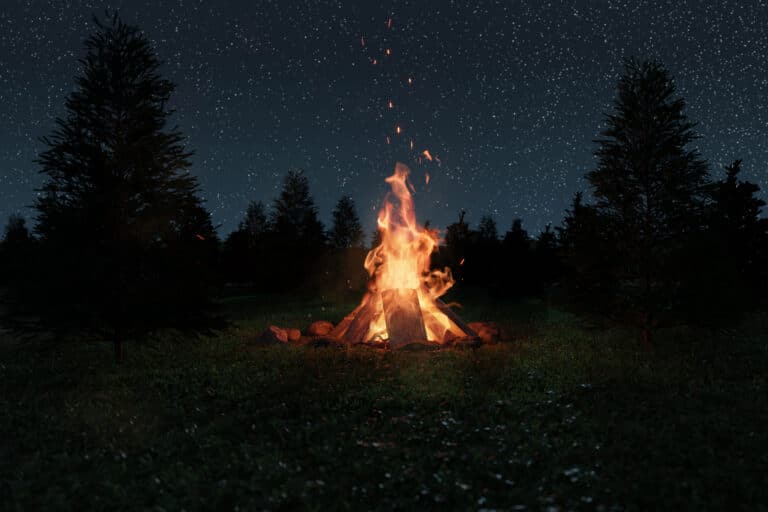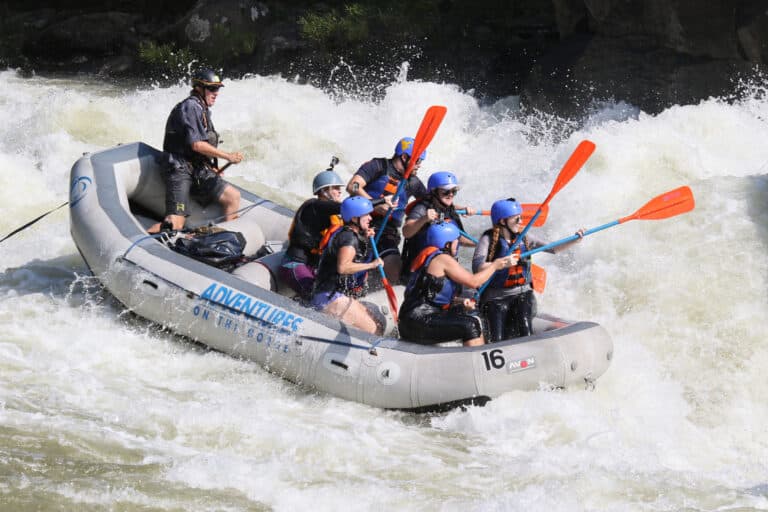Guns are now legal in national parks. Are we any safer?
In Georgia a serial killer stalked hikers in national forests. In a Tennessee campground, a mother and her two small children were mauled by a black bear. Two Virginia Tech students were found shot dead at their Jefferson National Forest campsite, their killers still at large.
The outdoors is a dangerous place.
But will a new law allowing firearms in national parks make us safer—or actually put us in greater danger?
Last May, Congress passed new regulations to allow the carrying of firearms in National Parks and National Wildlife Refuges. The regulations were quietly added onto a credit card holder’s bill of rights and promptly signed by the President. Beginning on February 22, 2010, your fellow campers in National Parks may be legally armed.
The new regulations stipulate that National Parks will adhere to the firearms laws of the state in which they are located. In states of the Southeast and Mid-Atlantic, residents are allowed to carry concealed firearms if they have the proper permit. In some states, like Virginia and West Virginia, citizens are allowed to carry rifles, shotguns or handguns on their person without a permit as long as they are in plain view, a practice known as “open carry.”
The U.S. Forest Service has followed state law when it comes to their firearms policy for decades. If you can legally carry a weapon in public in the state whose boundaries the National Forest is in, then you can legally carry it in the forest.
 Do You Need a Gun?
Do You Need a Gun?
Even though it’s now legal to carry a firearm, does that mean you should? Those who choose to carry firearms into the woods are also choosing to carry a great responsibility with them—one that could ultimately backfire. Owning a gun dramatically raises your risk of being involved in an unintentional shooting or gun death.
Statistically, you’re far more likely to be mugged on the street than on a trail. Your chance of being assaulted in a national park is one in 1 million. According to the FBI Uniform Crime Report, your average chance of being assaulted in the country at large is 3,100 times higher.
What about those four-legged predators? The East Coast lacks the large carnivorous animals that inhabit Western states, like grizzly bears, mountain lions and wolves. In the East, the only animal that’s competing with us for the top of the food chain is the black bear. Recent surges in bear populations, combined with humans moving deeper into their territory, have led to more urban encounters between bears and humans. But how dangerous is this elusive animal? In the last 100 years there have been only 56 documented fatal black bear attacks in the United States. In the bear-heavy Great Smoky Mountain National Park there were three incidents between bears and humans that involved injury in the past decade, making the chance of being injured by a bear there one in 15.5 million. You’re more likely to be stuck by lightning (one in 700,000).
“Most experienced hikers don’t feel the need to carry a gun,” said Brian King, spokesman for the Appalachian Trail Conservancy.
But no matter how small the possibility, how remote the chance, crime does happen and animals do attack, which is reason enough to carry a firearm according to gun rights advocates.
“The right of self-defense does not disappear when the risk of attack declines below a certain likelihood,” said David Kopel, research director at the Independence Institute, a Colorado-based political think tank.
People who choose to carry firearms to protect themselves step into a quagmire of legalities. For example, an A.T. thru-hiker would need to be permitted in the 14 states the trail passes through, as well as abiding by the individual ordinances of the towns and counties they would pass through. Great Smoky Mountains National Park straddles the border between North Carolina and Tennessee, requiring separate permits within the same park.
Laws regarding when you can use your weapon to protect yourself also change at the state line. What is self-defense in one state is often murder in another. If you kill or wound an animal out of the legal hunting season or without a license, you can end up in serious legal trouble.
Spray Is Safer
There are plenty of ways to protect yourself in the woods that don’t involve carrying a firearm. If you worry about black bears, carry bear spray, which is more effective than a gun, according to a study by Brigham Young University biologist Thomas Smith, who analyzed 20 years of bear attacks in Alaska. His findings: Bear spray will stop an attack 92 percent of the time, while firearms succeed only 67 percent of the time.
In the Southeast, both Shenandoah and Great Smoky Mountains National Parks allow bear spray. Curiously, other non-lethal devices, such as pepper sprays and stun guns, will still be considered illegal weapons in National Parks even after the firearms laws change in February.
Your best weapon in the woods is still your brain. Says King, “Keep your street smarts, be prepared both mentally and physically, and trust your gut instincts.” BRO








